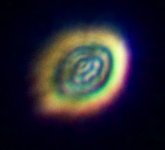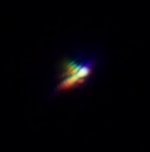For the same model, are variations from one binocular to another one relevant?
If I decide to buy a specific model, better to try a sample of three binoculars? A sample of five?
Example: a 90% transmission on paper can be in reality from 91% to 88%, no surprise for me here. But not 85%.
Are tests done with one single binocular (for well known test sites)?
If I decide to buy a specific model, better to try a sample of three binoculars? A sample of five?
Example: a 90% transmission on paper can be in reality from 91% to 88%, no surprise for me here. But not 85%.
Are tests done with one single binocular (for well known test sites)?
Last edited:









